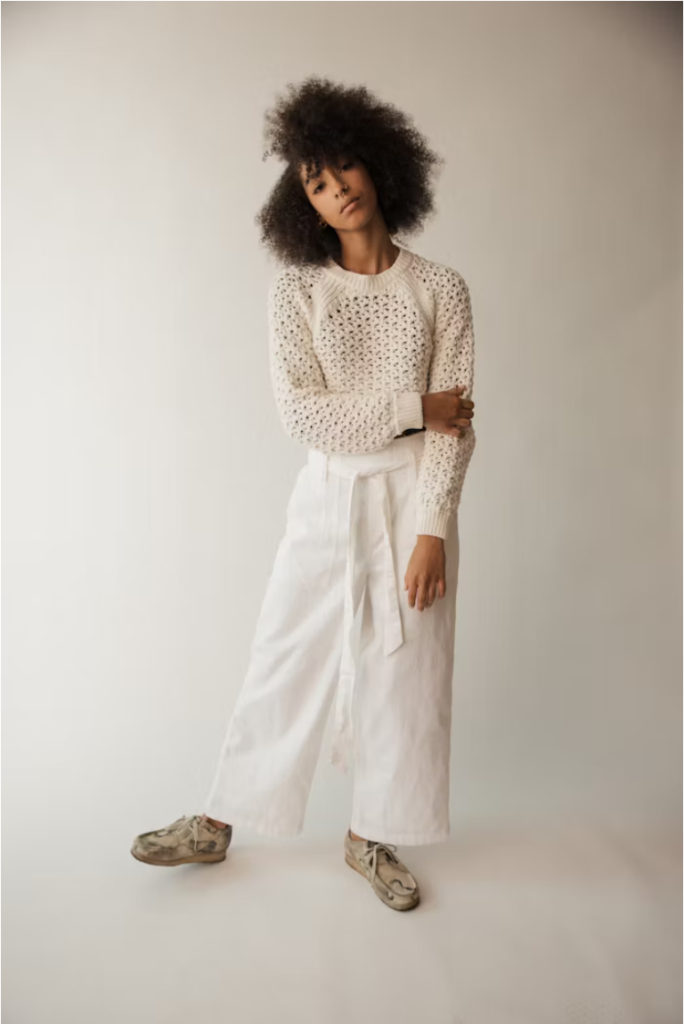🌿 Introduction: A Countermovement to Constant Consumption
In a world where new styles drop weekly—and sometimes, daily—it’s easy to forget that fashion hasn’t always moved this fast.
The rise of slow fashion is a gentle but powerful response to the urgency, excess, and environmental strain of the fast fashion industry. But while the term is often used in conscious style circles, it’s still widely misunderstood.
So, what does slow fashion really mean? Is it just about shopping less? Choosing organic fabrics? Avoiding big brands?
Let’s take a closer, honest look.

🧵 What Is Slow Fashion?
At its core, slow fashion is a values-based approach to clothing. It emphasizes:
- Longevity over trendiness
- Quality over quantity
- Ethics over speed
Instead of viewing clothing as disposable, slow fashion encourages us to treat what we wear as something valuable—designed to last, sourced responsibly, and made with care.
Coined in response to fast fashion’s harmful practices, the slow fashion movement invites both brands and individuals to slow down—quite literally—and consider the who, how, and why behind our garments.
📉 How Fast Fashion Disrupted Our Relationship with Clothing
To understand the need for slow fashion, we have to acknowledge the problem it seeks to solve.
Fast fashion has:
- Reduced the lifespan of clothing to just a few wears
- Fueled unsustainable production that contributes to over 92 million tons of textile waste annually
- Pressured brands to undercut wages and outsource labor to exploitative systems
And for many of us, it’s changed how we feel about clothes—normalizing constant novelty, impulsive purchases, and that all-too-familiar guilt when a “cute top” ends up forgotten after one night out.
🌱 The Principles of Slow Fashion
So what does practicing slow fashion actually look like in real life?
Here are five core principles:
- Buy Less, Choose Well
Shift from impulse to intention. Ask: “Will I wear this 30+ times?” before buying. - Prioritize Natural and Sustainable Materials
Look for organic cotton, linen, TENCEL™, and recycled fibers. - Support Transparent and Ethical Brands
Choose brands that pay fair wages, disclose their supply chains, and commit to reducing waste. - Repair, Rewear, and Repurpose
A missing button or ripped seam doesn’t need to be a death sentence for your clothing. - Value Style Over Trend
Build a wardrobe around pieces you love—not what algorithms or influencers say you should wear.
🧭 Why It Matters in 2025
The fashion industry now emits more carbon than international flights and maritime shipping combined. And while climate conversations often center on transportation and food systems, fashion is still largely missing from mainstream sustainability dialogue.
But this is changing. Consumers are waking up. Legislation like the EU’s Textile Strategy and the New York Fashion Act are pushing brands toward greater responsibility.
Practicing slow fashion is not just a personal statement—it’s part of a growing, global movement toward conscious consumption.
💬 Final Reflection
Slow fashion isn’t about perfection. It’s not about having the “right” wardrobe, or only wearing organic hemp.
It’s about rethinking your relationship with clothing—slowing down long enough to ask, “Do I know the story behind what I’m wearing?”
Because once you start asking, it’s hard to go back.






